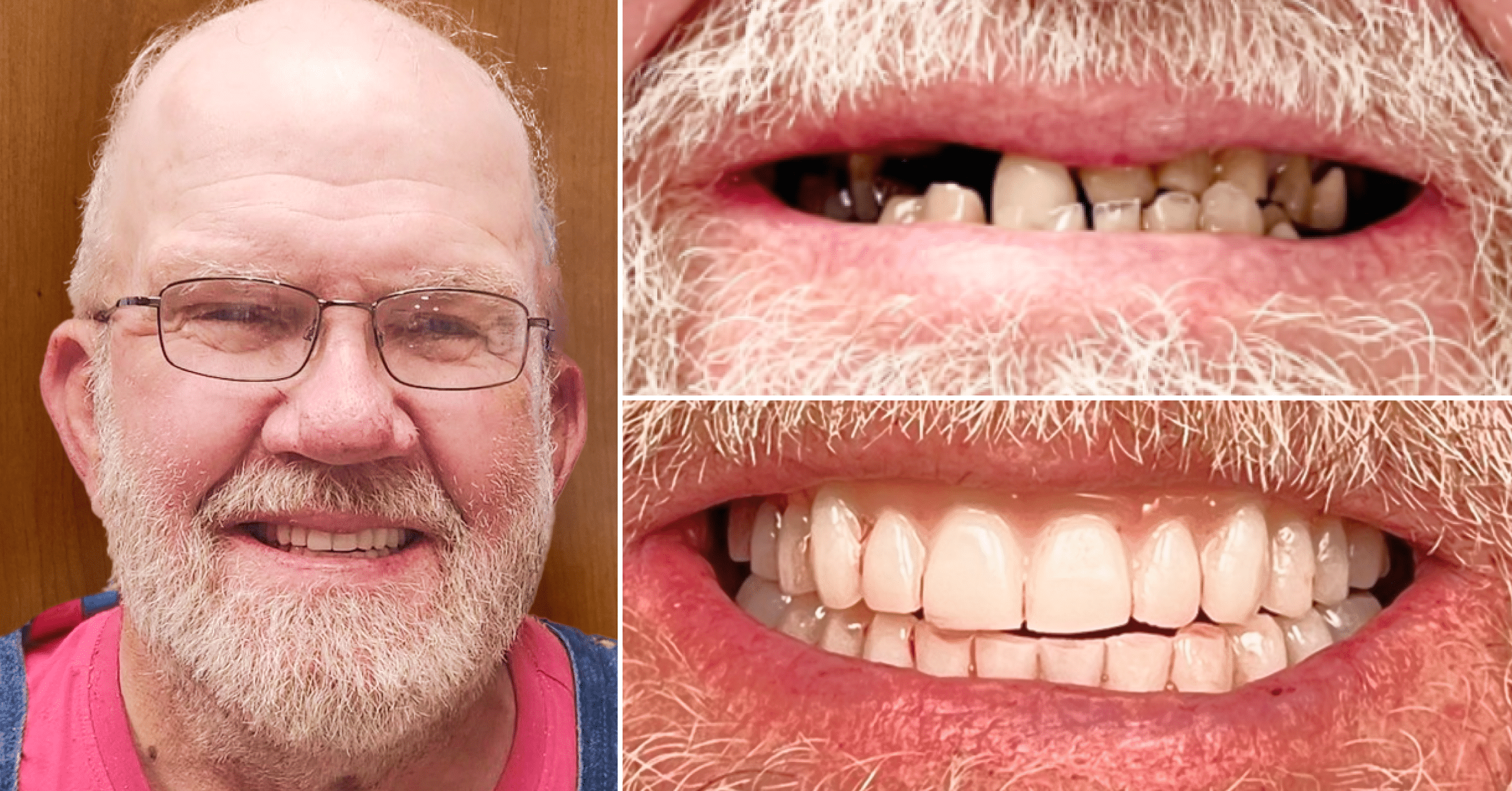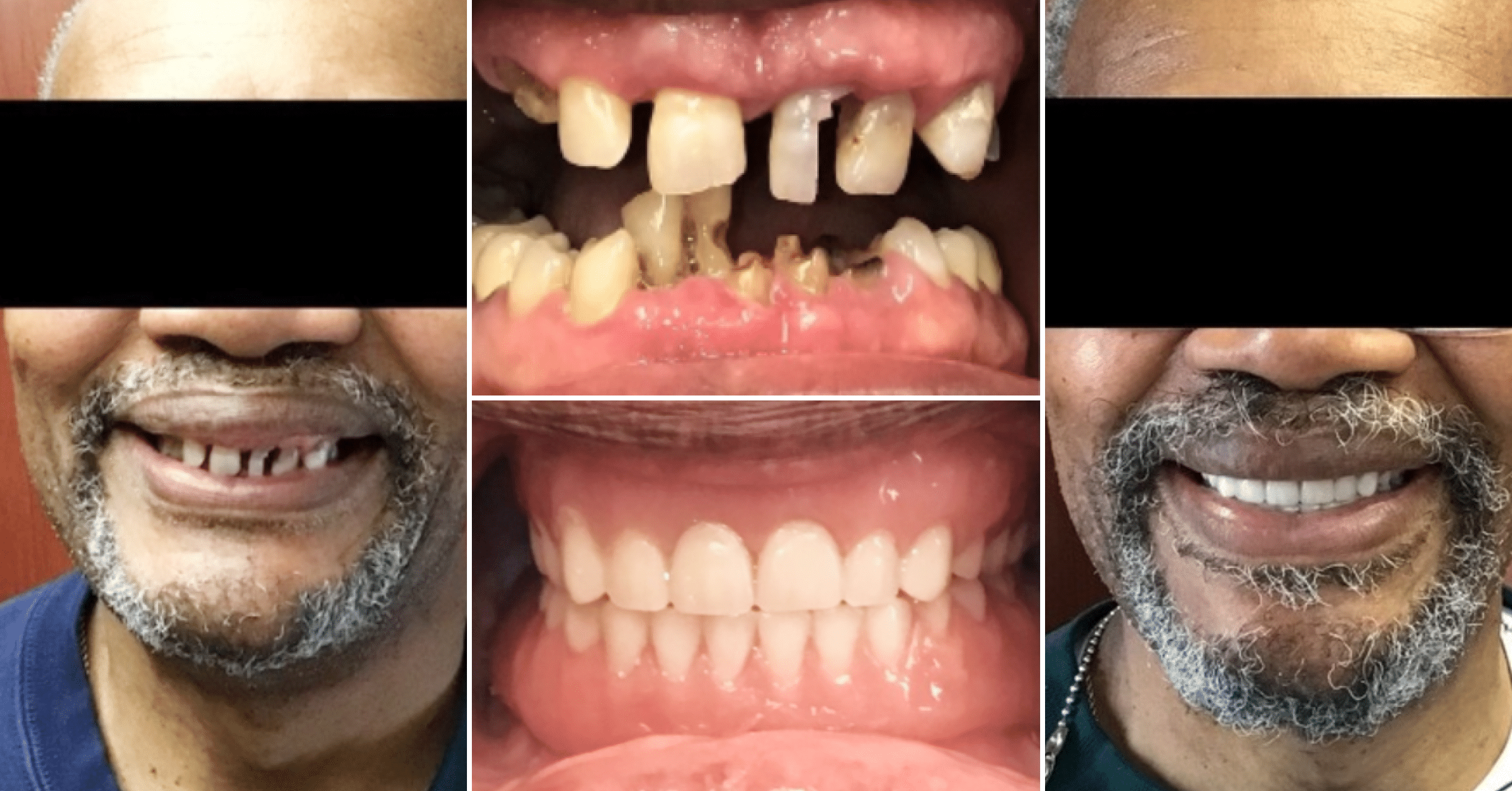

Discover how dental sealants offer a straightforward solution for enhancing oral health and achieving a radiant smile effortlessly.


Dental sealants are thin protective coatings applied to the chewing surfaces of teeth, particularly molars and premolars, to prevent cavities. These surfaces often have deep pits and fissures where food particles and bacteria can accumulate, making them difficult to clean with regular brushing. Sealants act as a barrier, sealing off these vulnerable areas and preventing decay-causing substances from penetrating the enamel. The application process involves cleaning and drying the tooth surface, etching it with a mild acid solution to promote adhesion, and then applying the sealant material, usually a liquid resin, which is cured with a special light to harden it.
By effectively sealing off the grooves and crevices on the tooth surface, dental sealants significantly reduce the risk of cavities. They are particularly beneficial for children and teenagers, whose newly erupted permanent teeth may not yet have developed strong enamel and are thus more susceptible to decay.
Caring for Dental Sealants
1
The process typically begins with an initial consultation with Dr. Kutsikovich or another qualified dental professional at Premier Dental Associates. During this consultation, the patient's dental history and current oral health status are assessed.
2
The dentist will examine the patient's teeth, paying particular attention to the molars and premolars. These teeth often have deep pits and fissures where food particles and bacteria can accumulate, leading to decay. Based on this assessment, the dentist will determine whether the patient would benefit from dental sealants.
3
If dental sealants are recommended, the dentist will thoroughly clean and dry the teeth to be sealed.
4
Once the teeth are clean and dry, the dentist will apply an acidic gel to roughen the surface of the teeth slightly. This helps the sealant bond more effectively to the tooth surface. After rinsing and drying the teeth again, the dentist will apply the sealant material to the pits and fissures of the teeth.
5
To harden the sealant and ensure it bonds securely to the tooth surface, a special curing light may be used. This process typically takes only a few seconds per tooth.
6
After the sealant has hardened, the dentist will check the bite to ensure that the sealant does not interfere with the patient's ability to chew properly. Any excess sealant may be trimmed or adjusted as needed.
7
The patient will be instructed to avoid eating or drinking anything for a short period after the sealants are applied to allow them to fully harden. After that, normal eating and oral hygiene routines can resume.
8
Patients may be scheduled for a follow-up appointment to ensure that the sealants are intact and functioning as intended. Sealants can last for several years but may need to be replaced if they become worn or damaged over time.





















Where we give people a reason to smile. Our team is dedicated to providing Dental Care that works best for your lifestyle.